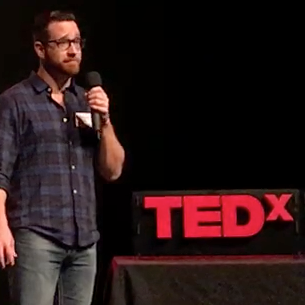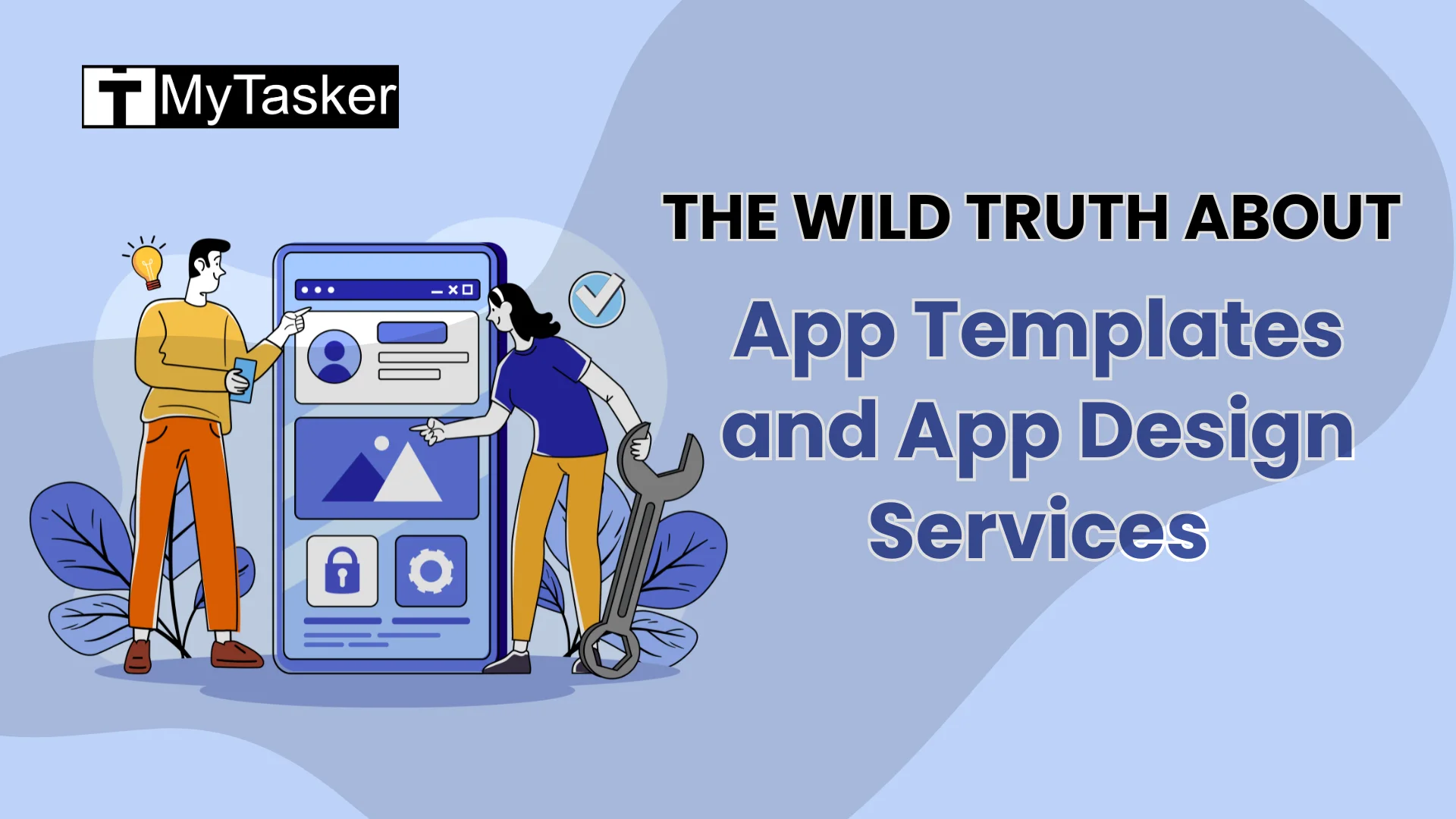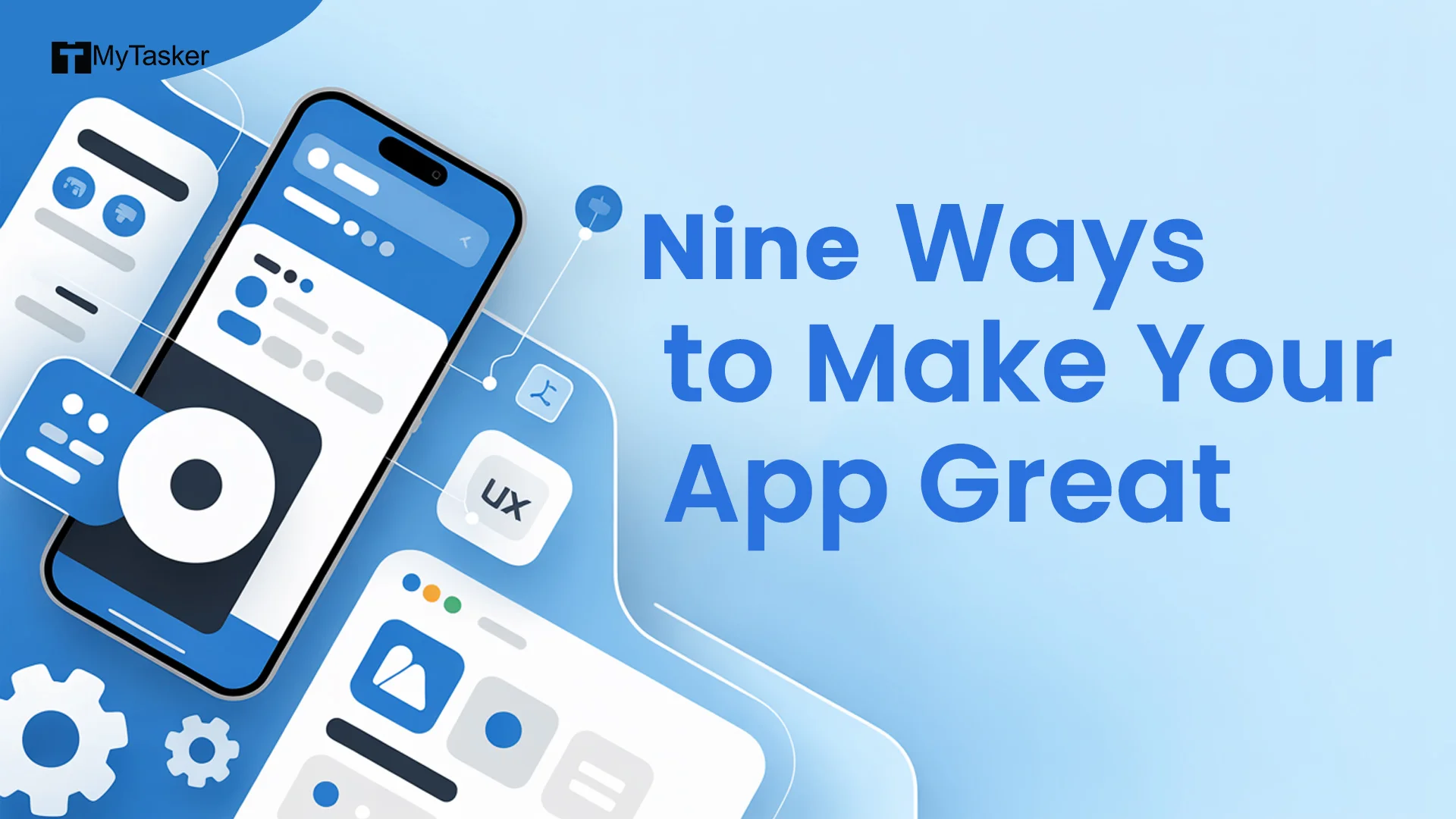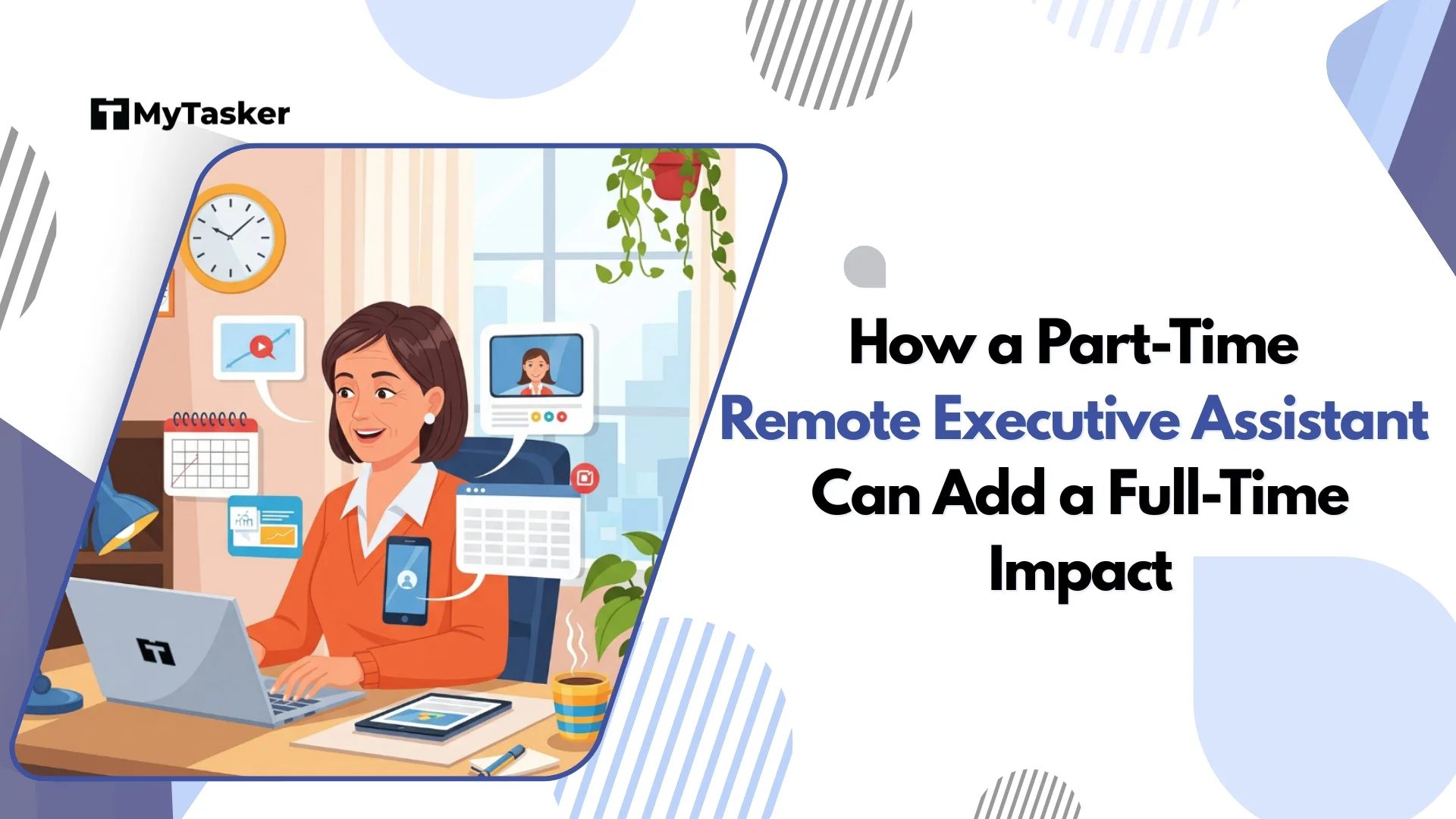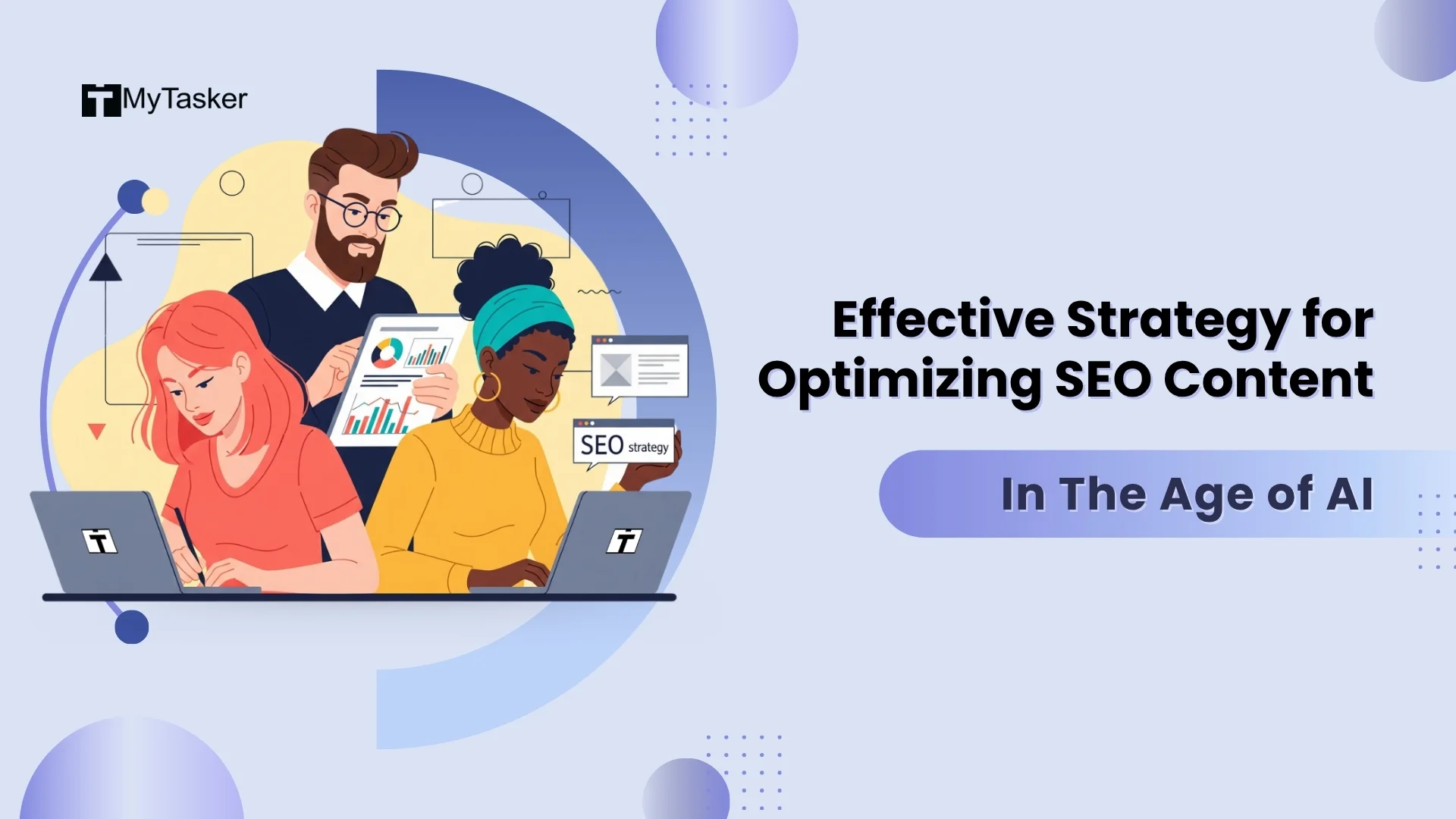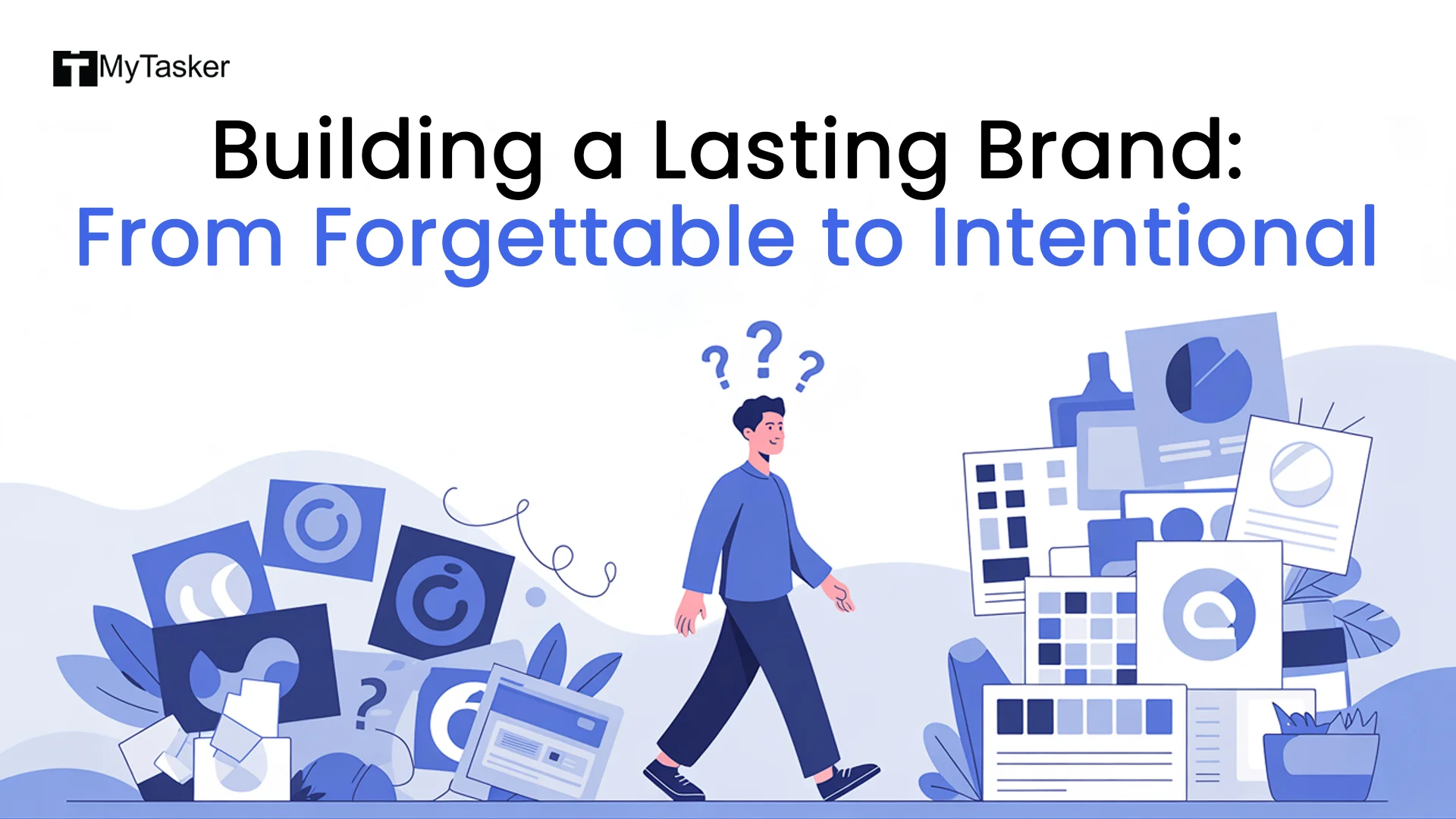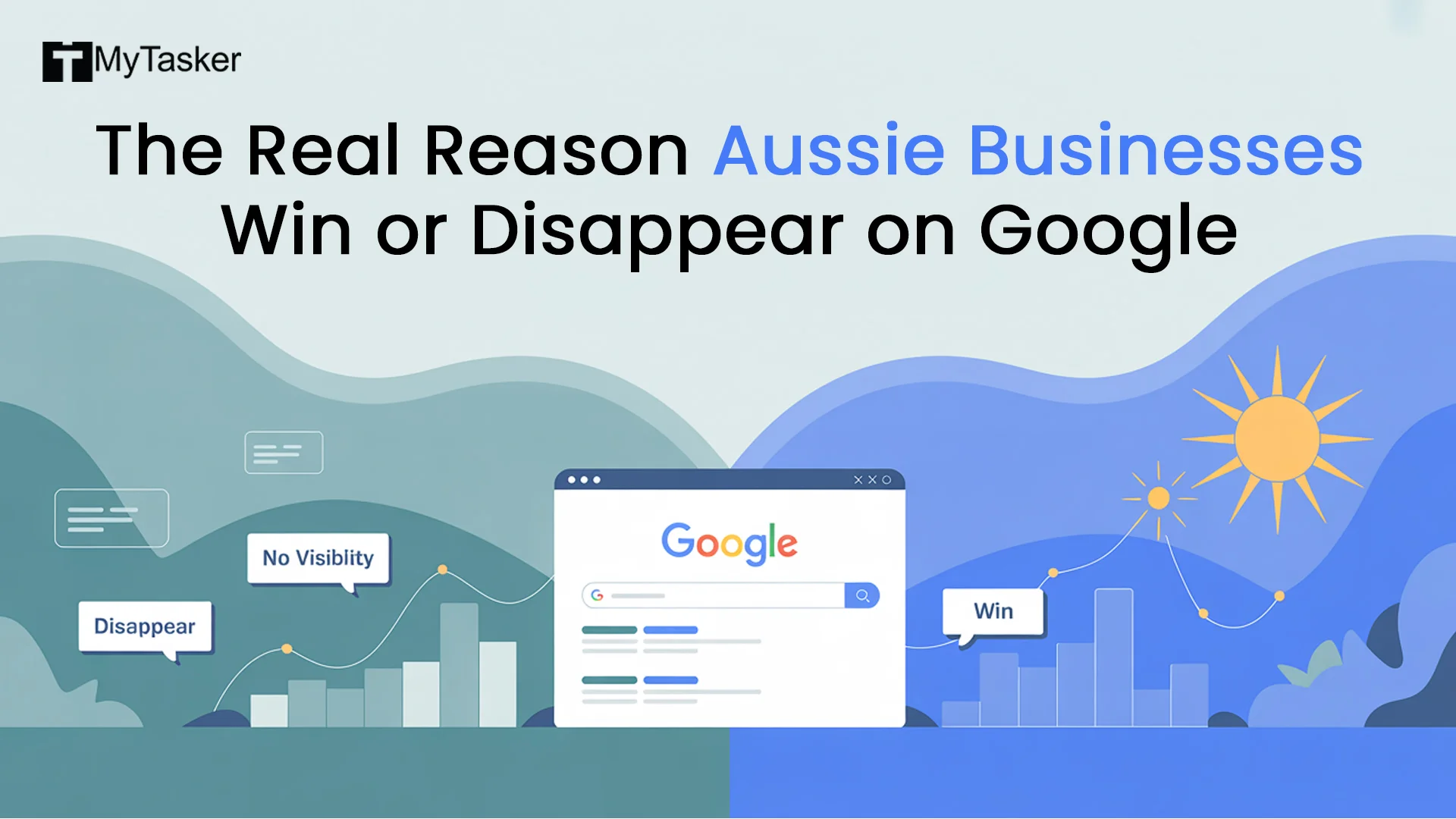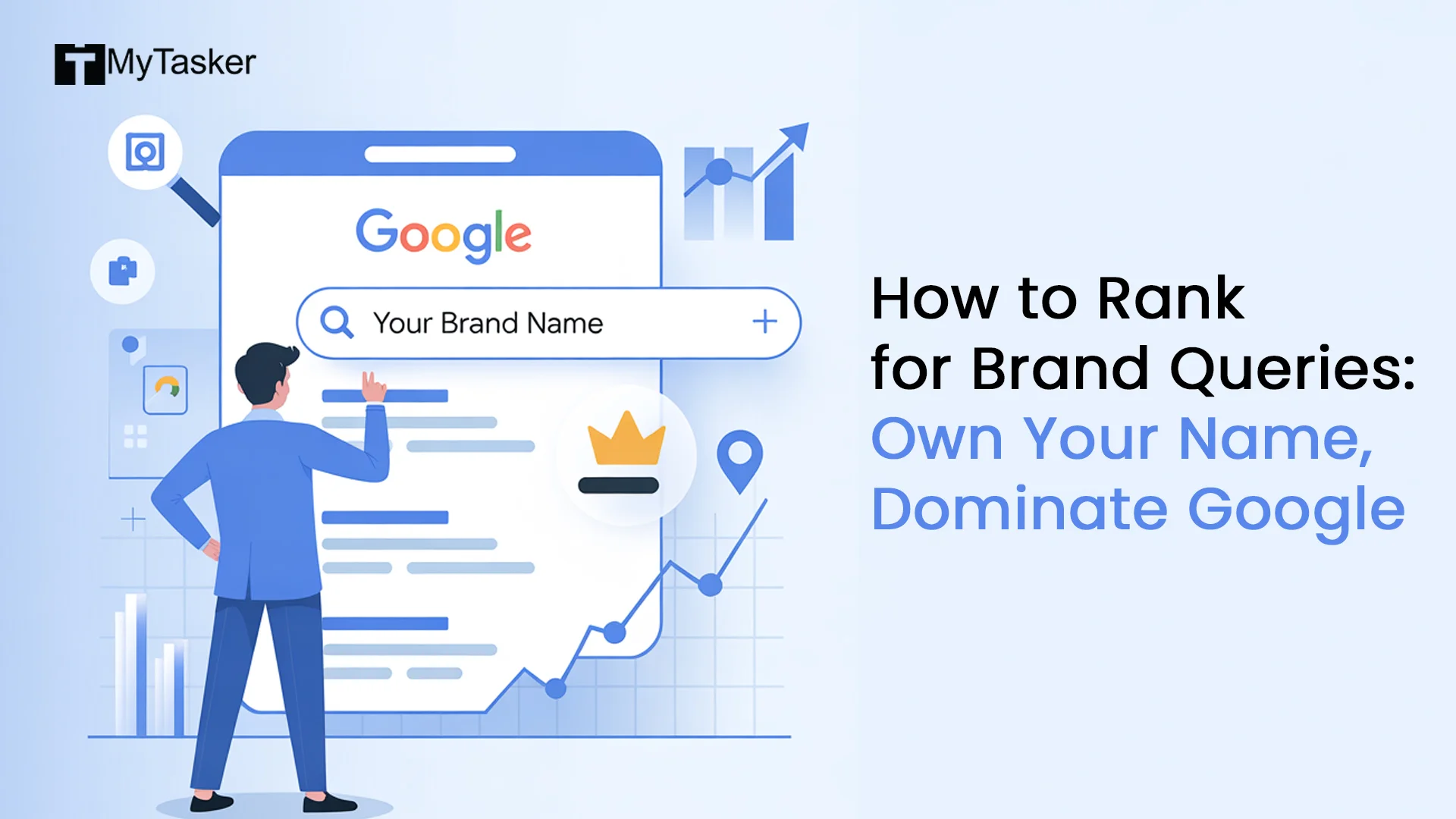Today, you are going to see some of the greatest SEO tips and tricks for 2017.
The best part of the article?
These latest SEO tips and tricks are given by some of the established and renowned SEO experts in the industry.
You probably know that SEO has been changed dramatically over a few years.
Tactics like keyword stuffing, thin content, building spammy and irrelevant backlinks to achieve rankings in Google are long gone.
So, you are probably wondering what SEO techniques are the most effective nowadays.
Today, Google honors only those websites, who follow their guidelines and satisfy users.
Well, if you’re not getting the traffic you want, and also want to take your SEO to the next level, then, these experts’ Search Engine Optimization tips will help you get where you want to be.

Our SEO team has asked 39 SEO experts one simple question:
Which 3 SEO tips do you recommend for 2017?
They happily gave their answers.
Do you want to know what they answered?
Are you curious to know the best SEO tips and tricks for 2017?
If so, Keep reading…
Tip #1: Have a mobile optimized (and compliant) site – It’s no surprise Google looks at how sites display on mobile as well as the info they provide. Not only does your site need to be mobile friendly/optimized, but you’ll also need to tone down the use of popups so you don’t get penalized.
Tip #2: Links, Links, Links – No surprise here as backlinks are key to good rankings. Not just any links, but relevant and topical links.
Tip #3: Optimize page titles & meta descriptions – I don’t mean use your keyword…instead, optimize them to appeal like a paid ad. Your page title and meta description need to catch the eye of users in the search results. By increasing the CTR of your pages, you’ll get rewarded with a little boost in where you show on the page.
Tip #1: Commit to becoming the best in your field. Readers can tell who’s an expert and who isn’t and other popular bloggers will link to the best content.
Tip #2: Build an audience that will get you natural links. Don’t just focus on link building only. Most popular bloggers get links without even trying because they have a big following that links to them naturally.
Tip #3: Create a product, service or content worth linking to. This part is hard to do, but if you spend time on that, then getting links and traffic will be a lot easier.
Tip #1: Experiment with your link building. The impact of Penguin 4 isn’t very clear so far.
Tip #2: If you don’t yet use an SEO tool suite (how could you not!) to analyze backlinks, research keywords and track rankings, get one NOW. I recommend SEMrush.
Tip #3: Focus on brand awareness. Always be thinking about how to get into people’s personalized SERPs.
Tip #1: Mobile. Google is going all-in with mobile. Do the same. My latest Search Engine Land piece goes into some detail on how you can optimize for mobile users to gain a strategic advantage.
Tip #2: Don’t look at SEO in a silo. SEO best delivers as part of a marketing campaign that looks at multiple tactics: SEO, SEM, Social, Content, Paid Strategies (content and social). Find the perfect blend of tactics and strategically integrate them for better SEO and better results all around.
Tip #3: Think beyond commercial keywords. The majority of search engine users start with a question. Answer those questions. Make your content marketing stand out from the ever-growing crowd. Think of SEO as a list building and lead acquisition exercise and not just sell, sell, sell.
Tip #1: Something I have been focusing on more lately is writing for topics instead of keywords. Long-tail variations and related keywords are picked up by Google anyway. So, rather than target one keyword per post, look at the overview, the main topic, and try to cover it better than anyone else.
Tip #2: Satisfying the user’s intent is now the key. Google is moving away from just serving us up results that match keywords and is instead of seeing how we react, and what kinds of the content best match a query. So, think about what someone would be looking for before writing the content.
Tip #3: Relevance is becoming more of an issue with link building than it was in the past. Google is smart enough to know, and now ignore, any spammy or irrelevant links we have. Instead, aim for links inside content via things like guest posts. You don’t just want any links, but relevant, contextual links.
Tip #1: User conversions
Tip #2: user conversions
Tip #3: user conversions
Complete that search, whatever it is! Give them what they want faster, sexier, easier, better!
Tip #1: Focus on mobile. If you don’t have a mobile version of your site, then this should be your top priority. If you are running desktop and mobile versions of your site – look in to consolidating these as well. This not only will pay off in your SEO efforts but it will give your users a better experience as well.
Tip #2: Page speed. A faster website will make both Google and your users happy. Happy users are more inclined to promote and share your site and its content. Do not feel limited to implementing AMP. A fast-traditional responsive design is arguably a better solution anyways.
Tip #3: Site architecture. I work primarily with large companies with hundreds of thousands or millions of pages. The strongest technical SEO play is a sound site architecture that prevents duplicate content. For those with ecommerce sites, make sure you have your faceted navigation controlled.
Tip #1: Adapt to change but don’t react to change. Reacting to new feature releases or statements from Google can leave SEOs wasting resources.
Tip #2: Understand your user intent behind searches and make sure the content is answering their needs.
Tip #3: Create content that is better than anything else on the web. It’s better to focus time into creating the best piece possible than create several pieces that are sub-par.
Tip #1: If you’re selling a product, service, or engage in any sort of e-commerce, then optimize your content for Google rich snippets. This shows more informative results complete with star ratings, which makes it easier for users to make a purchase decision right then and there instead of clicking other results for more info.
Tip #2: SEO will no longer be limited to purely textual content. Don’t neglect your infographics, videos, slide presentations, and other multimedia content. Embrace optimization for image search, voice search, and prepare for the advent of Virtual Reality (VR).
Tip #3: If you haven’t optimized for Google Accelerated Mobile Pages (AMP) yet: it’s 2017! What are you waiting for? There are several WordPress plugins out there that can help you monitor your AMP stats. Go for it.
Frankly, it’s embarrassing for companies who still haven’t done so. Also, more and more users are using mobile for search, so don’t forget to test your rankings on mobile as well.
Tip #1: I think content is becoming more and more important. In 2017, I recommend focusing most efforts on creating long, high quality and interactive content.
I’m not talking about lots of short articles. Those will get you nowhere. Your content has to be longer than the one of your competitors and provide much more value.
Make sure the content you publish it’s worth sharing on social media, but also link worthy. That will help you get backlinks and ultimately improve SEO.
Here’s a screenshot showing the evolution of the organic traffic for one of my websites.
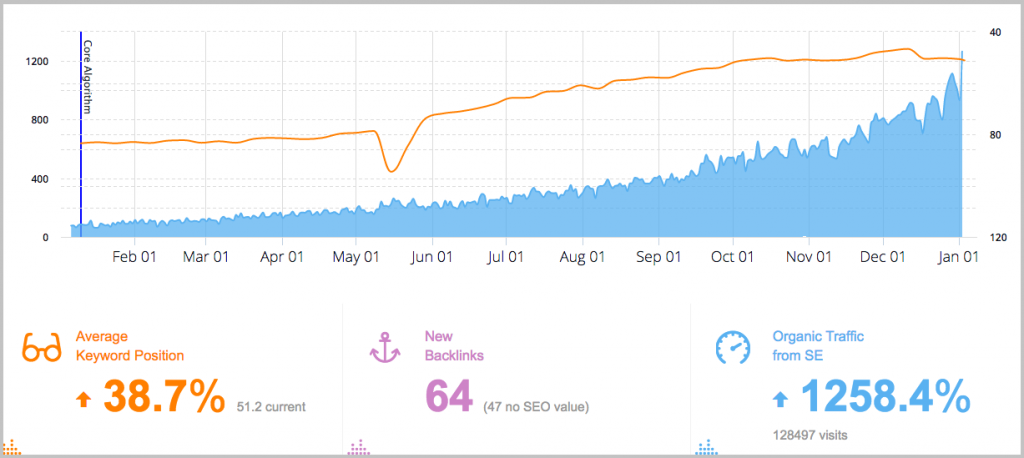
My strategy was mostly based on creating content that can attract backlinks and shares.
Tip #2: Create quality backlinks ONLY from reputable sources. It’s important to understand that links from low quality directories or other such sites will only get your website penalized.
The harder it is to get a backlink, the more valuable it will be. Backlinks are still the most important metric for SEO, but their quality is what makes the difference between success and failure.
Tip #3: Be up to date with your SEO progress and never neglect the backlinks you are earning. It often happens that sites naturally earn bad links that can affect their rankings in search engines. To avoid such problems, check the backlinks your site is getting on a regular basis.
If you are getting bad links, disavow them before they influence your rankings negatively.
Tip #1: Test everything. Don’t assume something is true just because a big blog/blogger said so.
Tip #2: Keyword research is still extremely important.
Tip #3: Ultimately, you need to create content that deserves to rank on the first page.
Tip #1: Focus on having a clean backlink profile instead of having large # of links pointing back to your website. Avoid building the links that have less to no value to help strengthen your SEO.
Tip #2: It is still important to pay attention to quality content vs. just content. Google is watching all the websites very closely and may penalize the websites with duplicate/thin/low-quality content.
Tip #3: Though it helps to build links by publishing quality content on external publications, I’d recommend to put more emphasis on publishing your ‘BEST’ posts on your own/company blog and very frequently. This would help attract natural links from those who like the content and eventually will bring in qualified traffic.
Tip #1: Focus on what your prospects are looking for, in whatever context they might be looking in. This means continuing to focus on search-driven content but go further with the long tail. These searches can earn you featured snippets and voice search results in very niche areas with little competition.
Tip #2: Continue to focus on mobile. Site speed, Google AMP, app indexing and mobile-first design should be ingrained in your vocabulary by now.
Tip #3: Get creative. Run tests! Best practices by definition will only get you where your competition is. To push ahead, you need to think outside the box. Leverage data, new technologies, cross-channel influences and anything you have at your disposal to test out new SEO strategies. No one is going to tell you how to win- you’ll have to find out for yourself.
Tip #1: Do More. Read less. Quit reading SEO news. Most of it is BS. People write articles off little tests. Do your own testing and never stop.
Tip #2: Get Your On-Page Down to a Science. Keyword on-page. Don’t over-optimize. Copy what works. Only listen to and hire experts who have results they will show you. Don’t cheap out on education or hiring an agency.
Tip #3: Get high authority links. Link outreach or build your own network.
Tip#1: Get ranking for featured snippets.
Tip#2: Make your site mobile friendly.
Tip#3: Stop creating content in a silo.
Tip #1: Create better content than the competition. Check Google and see who is ranking above you for your target keywords. Look at their site content, then create a better, longer and more detailed version. Also, include shareable content like infographics. You can see an example of this same method in my blog monetization guide.
Tip #2: Guest blogging still works extremely well. Don’t just focus on guest blogging for SEO and link juice, also use it to get in front of new audiences and grow your expertise as well. To see the best results, be sure to follow my guest blogging tips.
Tip #3: Utilize expert content on your own sites through the use of expert round up posts. Not only is this a great way to come up with 10,000+ words of content for your next article, but it’s also amazing for social sharing and brand authority as well. See how other sites are doing this in the 17 roundup examples.
Tip #1: Find ways to be as useful as possible for users. Find the content of yours that is currently being digested and used by searchers and then find ways to make that content even more helpful.
Tip #2: Do competitor research in regards to links to see what kind of things your competitors are doing that are actually attracting links (as opposed to building their own links).
Tip #3: Focus on quality rather than quantity. Rather than spitting out a certain number of blog posts each month, make each post count. Only publish content that you know is going to be useful.
Tip #1: Move your site to all-https NOW. Google Chrome is going to start warning users over ANY page that’s not https–starting sometime this month. In addition, https is a minor ranking factor (and has been for a while).
Tip #2: Pay attention to your competitors, and how you look to the end user in both the search results and in the page content itself.
In the search results, does your competitor’s meta description say “Free shipping” and yours doesn’t (even though you offer it)? Are they A+ rated by BBB, and showing that?
Read all the results on the page and think of why a user might click your competitor first. Then, click on each of your competitors, and check out the content on their page. Do they have better/bigger/more original images? Embedded video or maps? More text content? In that text, are they discussing related terms and topics that you’re not mentioning?
Google is going to analyze your page and their pages and score you all on how well you cover the topic in question.
Tip #3: Don’t publish content that nobody is going to actually care about. If you put out 20 blog posts a month, and only 1 of them gets any engagement (shares, links, comments, etc.) what you’re telling Google is when you speak, NOBODY CARES.
Instead, publish 1 blog post a month and (a) make it worth reading and sharing, and (b) make an effort to promote it to people who’ll comment, share, and link to it.
Tip #1: The most important tip is to make sure you focus on the mobile user. Create a solid user experience for your mobile users with the design, layout, and content creation.
Google’s mobile-first index will present an opportunity for SEO experts to refocus on the mobile aspect of digital marketing.
Tip #2: Another tip is to continue to find new ways to get quality backlinks. Backlinks are still an important ranking factor for Google and other search engines.
Create backlink campaigns that will help your audience find your content and avoid spammy backlink tactics.
Tip#3: The last tip for SEO in 2017 is to repurpose your old content. Many sites have been around for a couple years now with a lot of content. Rewrite or add more content to pages that have historically done well to continue to receive quality traffic from search engines.
Also, add internal links from the pieces of content that performs well to new content that is being created.
Tip #1: Invest in creating different types of content with different purpose in mind (i.e. for links, for conversions, etc..) – this way you won’t be expecting results from each type of content that have different goals.
Tip #2: Scale your link building processes as early as now. Whether you’re doing guest blogging, broken link building, link reclamation or resource page link building on edu sites, make sure that you have documented processes that you can easily outsource to your VAs or in-house SEOs.
Tip #3: Build REAL websites. Trusted and authoritative websites will win the game in search.
Tip #1: Build links for branding, trust and authority.
Tip #2:ALWAYS map out your content ideas; use highly targeted SEO keywords as guide for content ideation.
Tip #3: Be mobile-friendly.
Tip #1: Only use branded anchor text and naked URL variations when building or requesting backlinks. (as long as you on page SEO is good you don’t need many exact match or LSI anchor text)
Tip #2: Backlinks are still the #1 ranking factor. Don’t worry about all the little things and focus on getting more links to your content (I see too many SEOs trying to fix every little detail on every page and they need to be working on more backlinks)
Tip #3: Write one good blog post a month and promote the hell out of it. You don’t need several a week. Just one great post and then promote it for 2 weeks.
Tip #1: Create your on-page content to encourage engagement and don’t write for the search engines – the longer your visitors stay on your site the better in SEO terms. You can do this by providing the very best answer you can to any given search term – thinking about content relevance and what the searcher really wants.
Tip #2: When conducting link outreach, consider that in general – the harder the link is to obtain, the higher quality it will be. If you can automate a process or a certain technique is being too widely used – ask yourself how valuable those resulting links really are.
Tip #3: Don’t put all your eggs in the search basket. Relying solely on search traffic is not a sound strategy, so consider diversifying your traffic generation methods to include social media, content marketing, paid amplification and retargeting.
Tip #1: Content cleanup – take an honest inventory of your content. Evaluate what is good, bad, and horrible. Lots of websites are loaded with blogs that have posts that no one cares about, and hasn’t gotten a visit since last Groundhogs day! Don’t worry about getting negative repercussions from Google, especially for smaller sites. Simply pop open your analytics, and start looking for the “losers” ones with low engagement times, etc.
Tip #2: Schema / JSON-LD – I’m so convinced about JSON-LD becoming a major thing I started working on a website dedicated to it. JSON-LD may not be a ranking factor (or is it?) but it can definitely help make your site look better in the search engines, and might end up bringing in some more traffic.
Tip #3: Stick to the basics – We’re a very innovative SEO company in the USA but you know the first thing we look at with any client? Their title tags! Sure, we dive way deeper and look at some pretty intense factors, but basic SEO is still a great way to think about things. Google has made a few changes over the years to their basic guidelines, but not many major changes.
Tip #1: Website owners really need to be focused on mobile if they are not already. The need for having a mobile optimized site to be competitive in search has sort of crept up on people. When smart phones started to become prevalent, having a mobile site was like icing on the cake.
As time went on Google came out with the mobile friendliness test and so it became more important. Now that Google has moved to a mobile-first index, it’s not really a choice any more.
Businesses need to have a mobile friendly site that is easy for visitors to use. It should be responsive (on the same domain as their desktop) and contain the same content as desktop versions.
Tip #2: Understand searcher intent. We see people get worked up about ranking for a given keyword phrase just because it has a lot of search volume when that is only part of the puzzle.
Businesses should focus on the intent of the searcher and model their content after that. Some keywords indicate that people are just doing research before they buy while others indicate purchase intent. Pay attention to that and make sure you are delivering on what people are expecting.
This is true for the content on the page as well as the titles, URLs and meta descriptions that visitors see in search before they ever arrive at your site.
Tip #3: Acquire links to your site: Google has already announced that links are one of their top three ranking factors.
Number of inbound links pointing at a domain is often the differentiating factor as to why one site outranks another. This is still going to be true throughout 2017 and site owners should apply a holistic approach to acquiring links for their site.
This includes submitting their domain to high domain authority directories, collaborating with other site owners, guest posting, and generating phenomenal content to attract more links.
Tip #1: Give your site a quick audit, have a review of your Google Search Console and identify any quick fixes you need to make – whether its fixing 404 errors to preserve your link equity, fixing duplicate title tags or add title tags where they are missing. These small fixes can end up making a large difference once they’ve all been fixed.
Tip #2: Use the right tools – there are so many to choose from out there, make sure you utilize the ones which will benefit your site the most. Whether you are wanting to review your competitor’s keywords, SEMrush is your man. Reviewing your own or competitor’s backlinks? You can’t go wrong with Ahrefs. Tools can be costly, but with the right selection they are also invaluable!
Tip #3: Stop thinking that link building is dead. Links are proven to still be the #1 ranking factor in Google – whilst some link building tactics may be dead. As a whole you need to keep thinking outside the box. Creating EPIC products (even if they aren’t real) work extremely well as an example.
Tip 1: Fix your mobile site. Go responsive. Make sure your important content is visible to users on all devices, from desktop to tablet to mobile phone. Google will be heavily counting your mobile experience towards your desktop ranking.Tip 2: Resolve to get technical. Now more than ever, a technically sound site is extremely important to Google’s index. Fix your canonicals, hreflang your multiple languages.Tip 3: Schema everything. Use structured data in JSON-LD throughout your site. If there’s a Schema.org for it, use it.
Tip #1: Quality content creation. I would say that content is a king and quality posts are more likely to be shared. So, I really like reading long and high quality articles. Personal for me, I think case-studies are working very well at the moment and in 2017 will be working too.Researches show that the average content length of TOP 10 results is longer than 2,000 words. And for TOP 3 it is even 2,500 words.
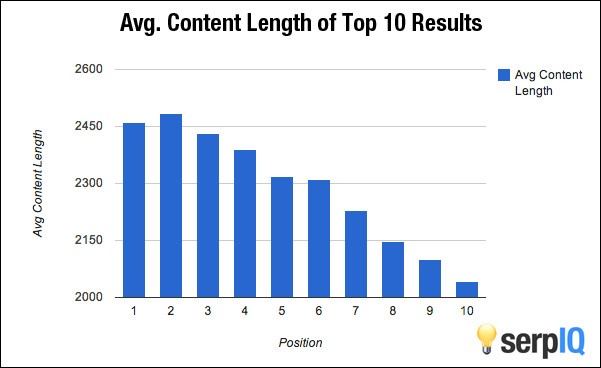
Tip #2: Links – Nothing new for SEO people but links still very important. Personal for me I recommend focusing on quality links because they can move your site/page to the top very fast.
For example, when I was helping Ajipe.com become stronger in Google. It was enough to get only 1 link from very high quality news site and site moved from page 5 to page 1 for very important keyword. But to get such a good link you need to spend enough of time and efforts.
Tip #3: Mobile and speed – I think everyone knows that having a mobile-friendly site is very important today. Now more people access internet using smartphones and tablets compared to desktop users.
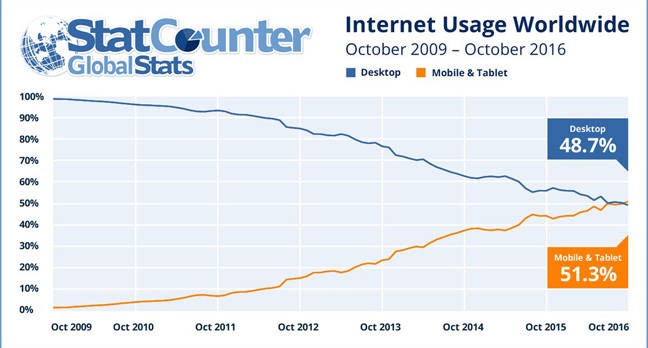
To be a mobile-friendly you also need to have a good site load speed. Because I’m not sure a lot of users can wait more than 2-4 seconds if your site is not loading fast.
Tip #1: Get right with mobile. According to Merkle, “In Q2 2016, Google produced 86 percent of all organic search visits in the US, and 90 percent of mobile organic search visits… Google’s share of mobile organic search has increased by nearly two points in the past year.”
Marketers need to do two things specifically: implement AMP as broadly as possible (at the very least, on key pages likely to have mobile intent) and make damn sure pop-ups aren’t affecting mobile experience on any device.
Tip #2: Start thinking about voice search. Bershad Behzadi, Principal Engineer at Google Zurich, called voice search the “fastest growing type of search” in his keynote at SMX West.
As consumers get more accustomed to programs like Google Now, Siri and Cortana, the way they interact with search – both via voice and keyboard – will change. Get ready for a new era of conversational search queries driven by intent, not keywords.
Tip #3: Keep investing in content. I’ve been saying this for years, but investing in high-quality content becomes even more important when you take into consideration AI advancements that could ultimately result in entirely new ways of ranking web results that don’t rely on individual optimizations (such as your heading tags or image alt-text).
The brands that invest now in creating content that’s valuable to users are the ones that’ll stand out.
Tip #1: Do good research before your pick your keywords. If you can´t win, don´t play. But if you can win, you go at it with everything you got.
Tip #2: Create high-quality content that actually solves the readers’ problem. Surprisingly few are actually doing this.
And here´s a little secret. When you start focusing on YOUR readers, you will be amazed what will happen.
Tip #3: Focus on building good relationships with the influencers in your industry.
This will open doors that you could just have dreamed of. When you combine research, high-quality content and influencer outreach. Your content will explode (in a good way), and you will get tons of traffic, social shares and comments.
And last, but not least, your post will rank high on Google.
That´s how I got 1800+ organic backlinks to my website in less than 2 years (without PBN or begging for a single link).
Tip #1: Don’t build content for the sake of building content — make sure every piece has a distinguished and valuable purpose for existing on your site. Consider using nTopic or similar tool to help you round out your content with semantically relevant keywords to help with long-tail traffic.
Tip #2: Don’t dilly-dally with mobile updates. Look first to improve mobile crawlability, and use Google’s tools to check this.
It gives great feedback on several aspects related to mobile usability and site speed.
Tip #3: Link building is still an important aspect of building site authority. Don’t be fooled by the new Penguin update and go back to building garbage links.
Try to make sure any links you build come from relevant, authority pages, and ideally can generate referral traffic as well.
Tip #1: Include searcher goals & behaviors in your user personas.
Many companies will already have personas. Then all you will have to do is add searcher information to it.
What types of search tasks do your users wish to complete? How do they complete these tasks currently? How can you make task completion more efficient? How can you enable task completion to have higher user satisfaction?
I believe SEO professionals need to get their bums out of their chairs and actually interview users…or at least interview the people who interact with users most. You will get a wealth of information to put in a persona and a task analysis … Information that no keyword research tool can address.
Tip #2: Work with a qualified information architect to create a scalable, sustainable navigation system.
In 2017, the #1 reason for task failure & abandonment is the same as it was 10 years ago: poor navigation and architecture.
And now, with the emphasis on mobile, navigation has shifted from ‘broad-and-shallow’ to ‘narrow-and-deep. This shift in navigation genuinely makes content more difficult to locate & discover.
Remember, architecture & navigation are not the same thing. Information architecture is organizing, labeling, and connecting content to make:
(1) a website easy to use, and (b) site content easy to find.
Navigation is part of the UI (user interface). Site navigation should reinforce and support information architecture.
Don’t skip this crucial step. As much as I admire & respect technical SEOs, they are usually not skilled or educated in this area. Neither are software developers.
But if you work with a qualified information architect, you can work together to make a site !00% search-engine friendly AND user friendly.
Tip #3: Think USERS FIRST, not Mobile First.
I have never agreed with the “Mobile First” mentality. It makes a device (or technology) more important than the user. I believe technology should accommodate users, not the other way around.
My point of view has always been USERS FIRST. So, if my target audience genuinely uses mobile devices to locate and discover content? Then by all means, I will create and optimize a website to accommodate users’ search tasks on mobile devices.
Mobile usability studies are best conducted in the field, not in a usability lab. I’ve tested mobile sites and observed users in real-time situations. The results are always interesting because people are just SO funny!
Overall, following these 3 tips have helped my client websites enormously in these past few years. With the focus more on users and how to help them accomplish their goals? Well, that means better, more efficient SEO.
Tip #1: Go towards the long tail in content marketing SEO. Target questions that have been asked in your industry (i.e. “how long does it take for the sun to go down?”) as titles and topics.
Tip #2: If you’re still ignoring mobile, quit trying to compete online or stop ignoring mobile. Yes, there is a place for desktop; I don’t think it’s going anywhere soon. However, mobile use grows exponentially every year, and Google is responding to that growth with penalties for sites that don’t shine bright on the phone.
Tip #3: Don’t invest it all in Google. You never know what’s coming down the line and, although we target traditional search engines (Google, Bing, DuckDuckGo), your users may not. Pay attention to social search, because it’s growing. Some people get their news from Facebook and Twitter. Others find out about products on Facebook or Instagram.
Email use is still a HUGE lead generator. Don’t leave out other avenues just because Google is the big dog; it may not always BE the big dog.




.jpg)





